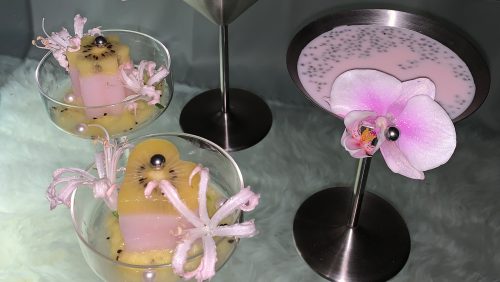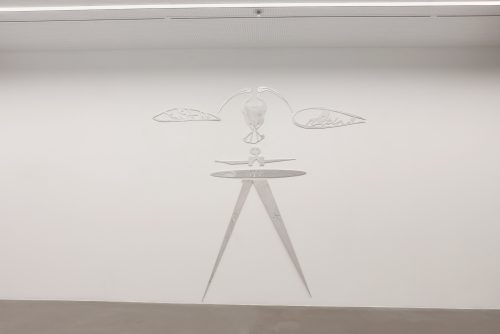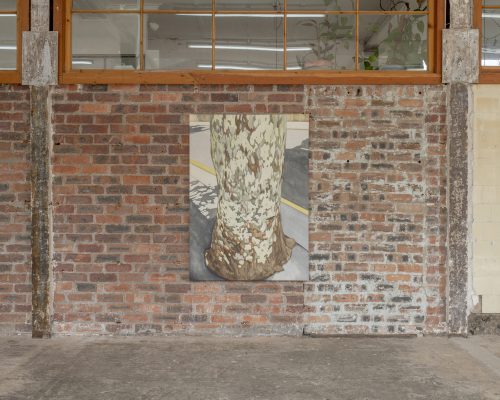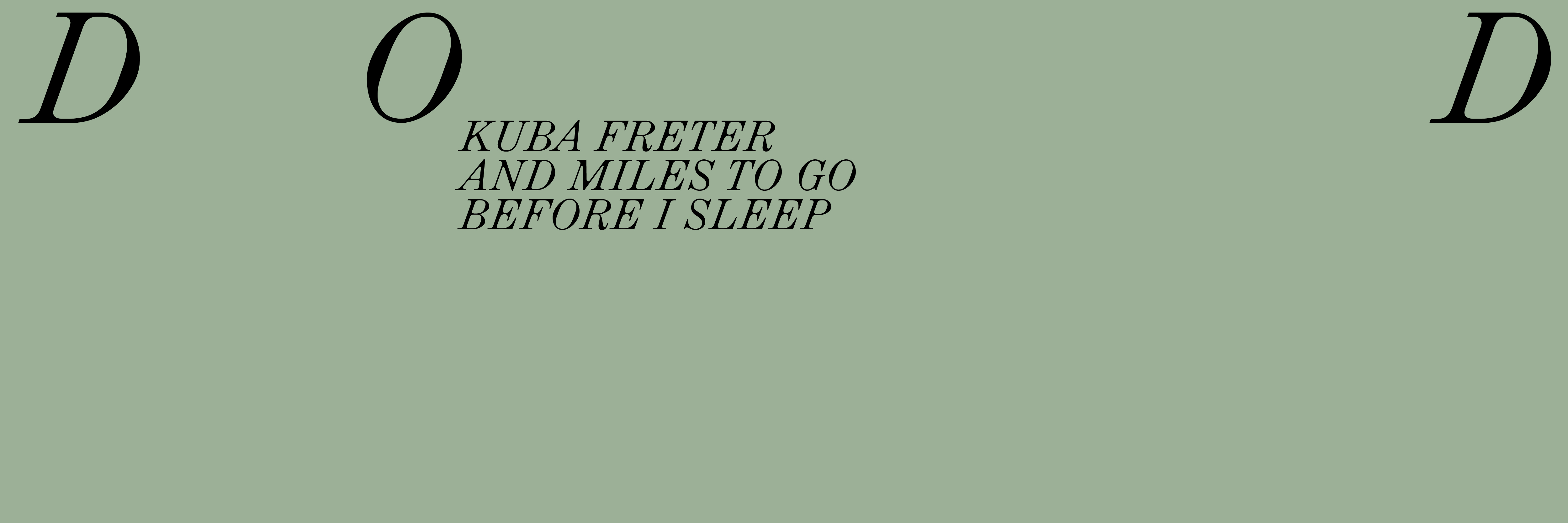
"Groupshow" : Martin Herold, Marie Raffn
Sine sole sileo
Project Info
- 💙 Galerie SPZ
- 💚 Néphéli Barbas
- 🖤 "Groupshow" : Martin Herold, Marie Raffn
- 💜 Néphéli Barbas
- 💛 Anna Pleslová, Tomáš Souček
Share on

Advertisement

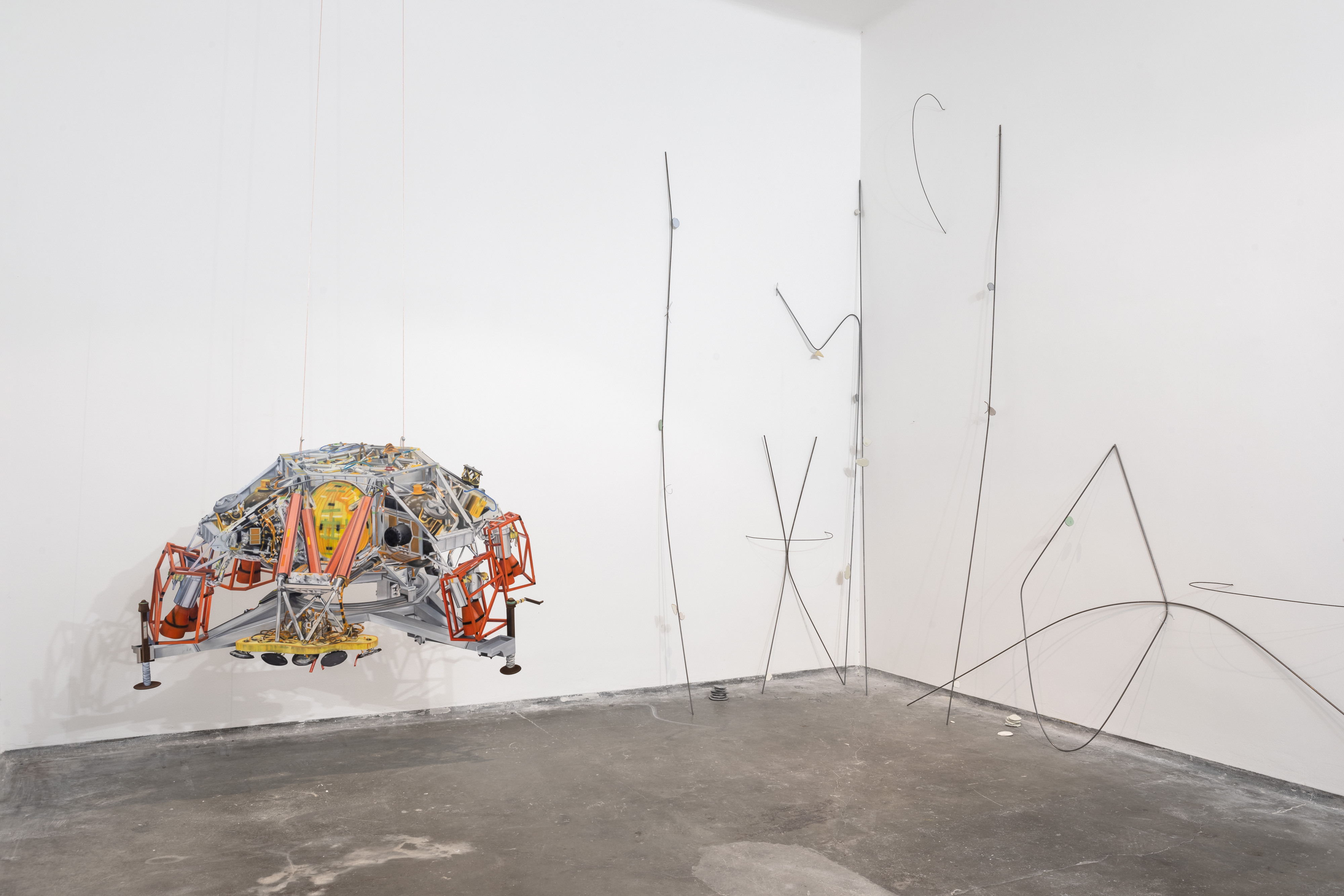

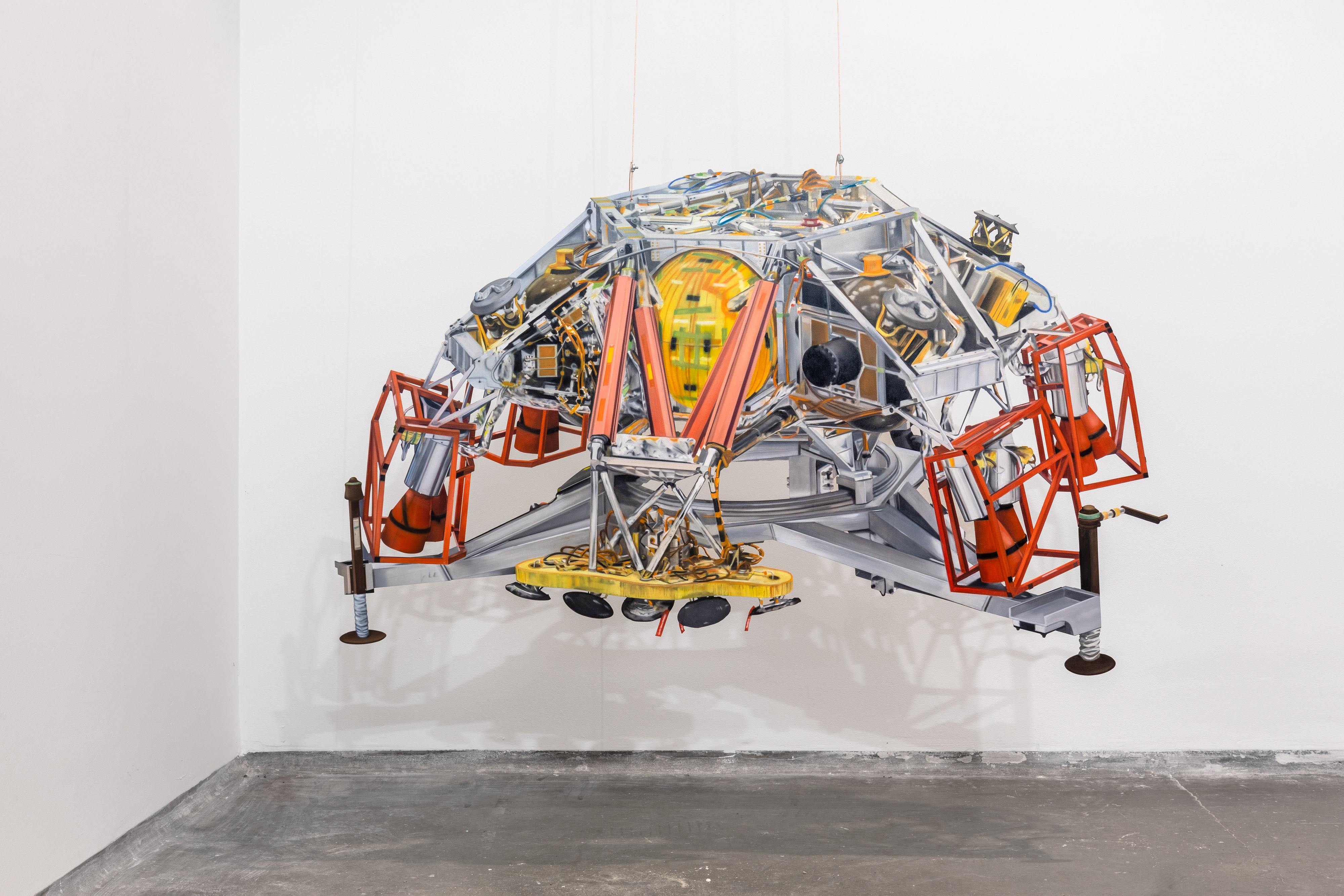
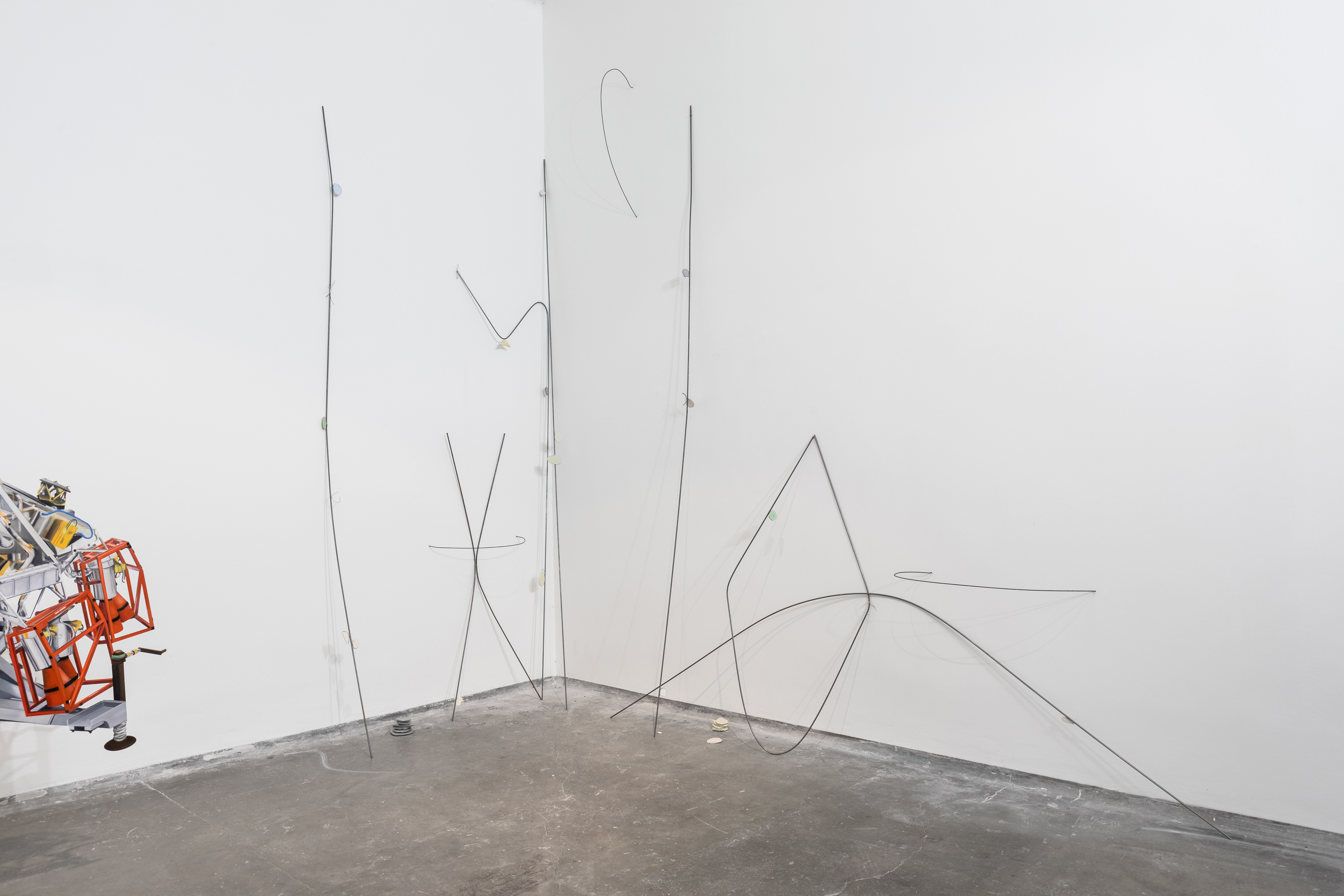

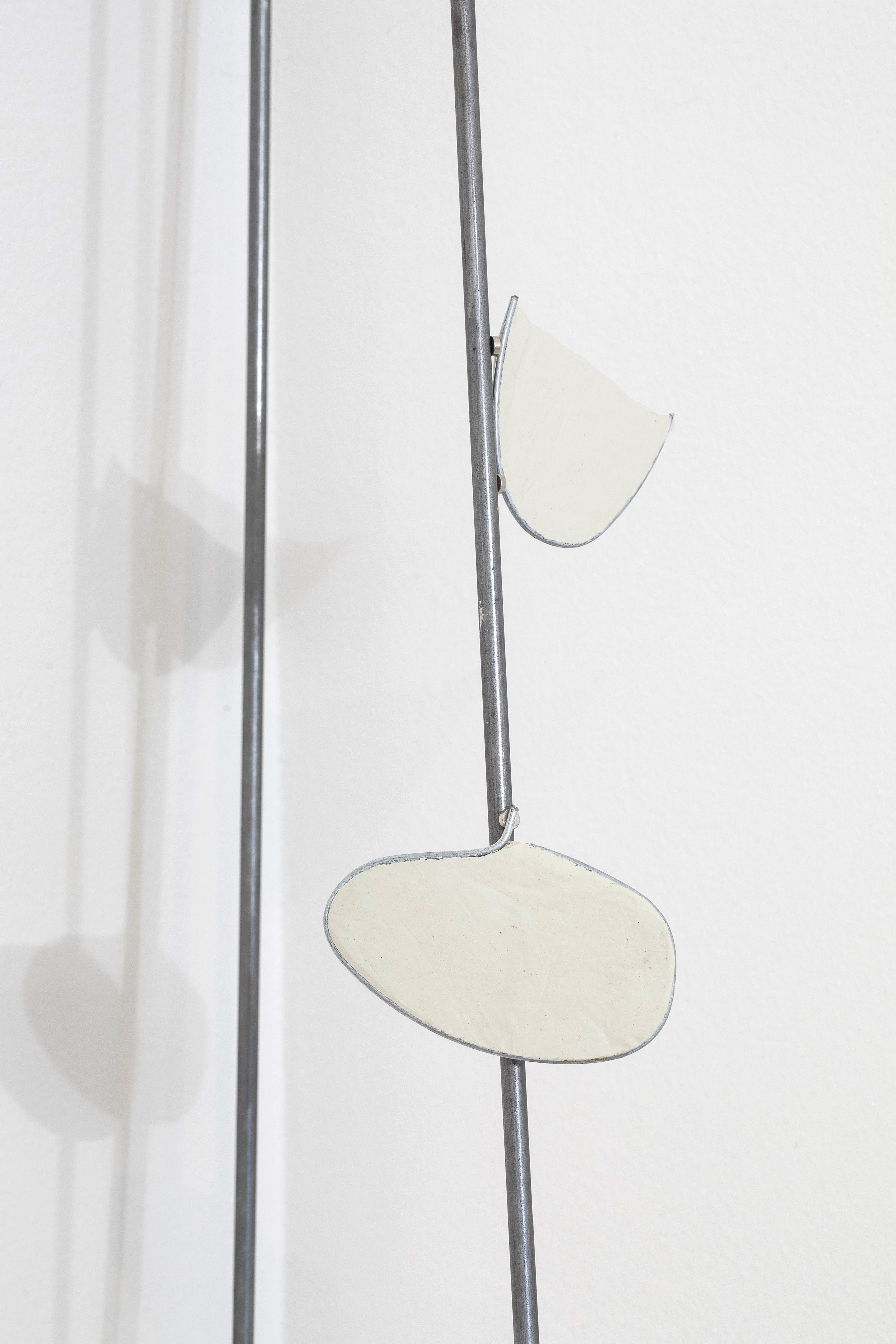


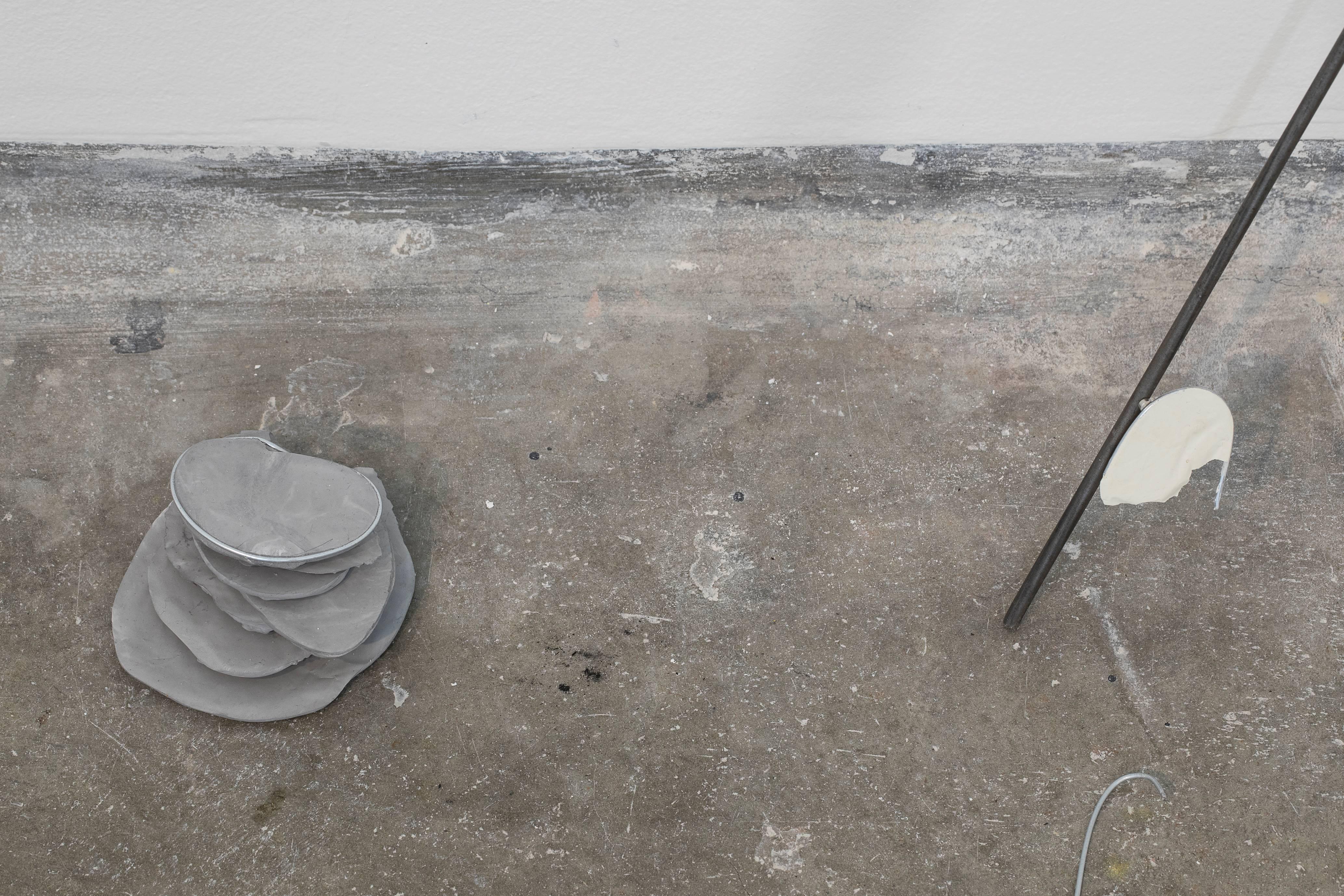
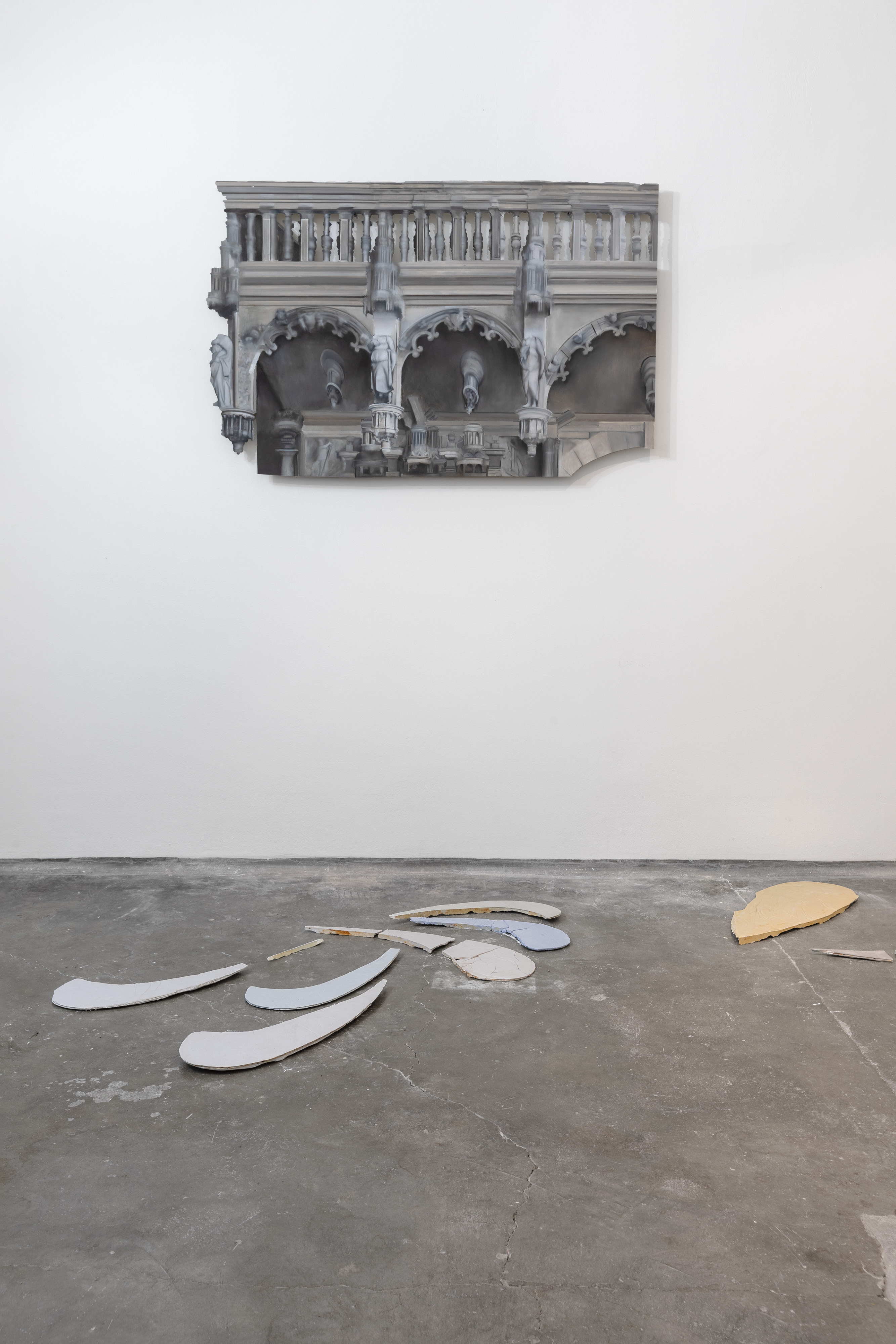
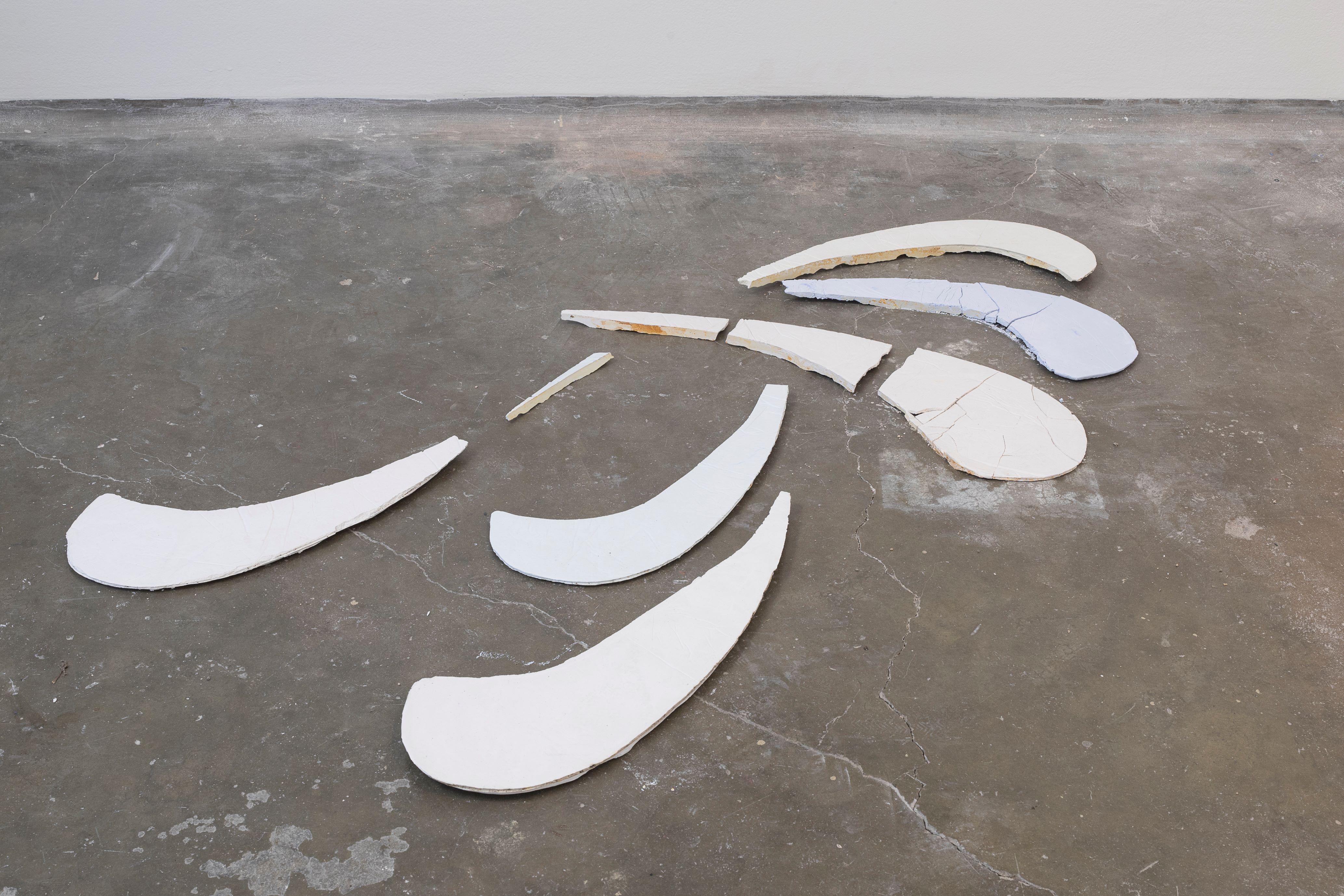
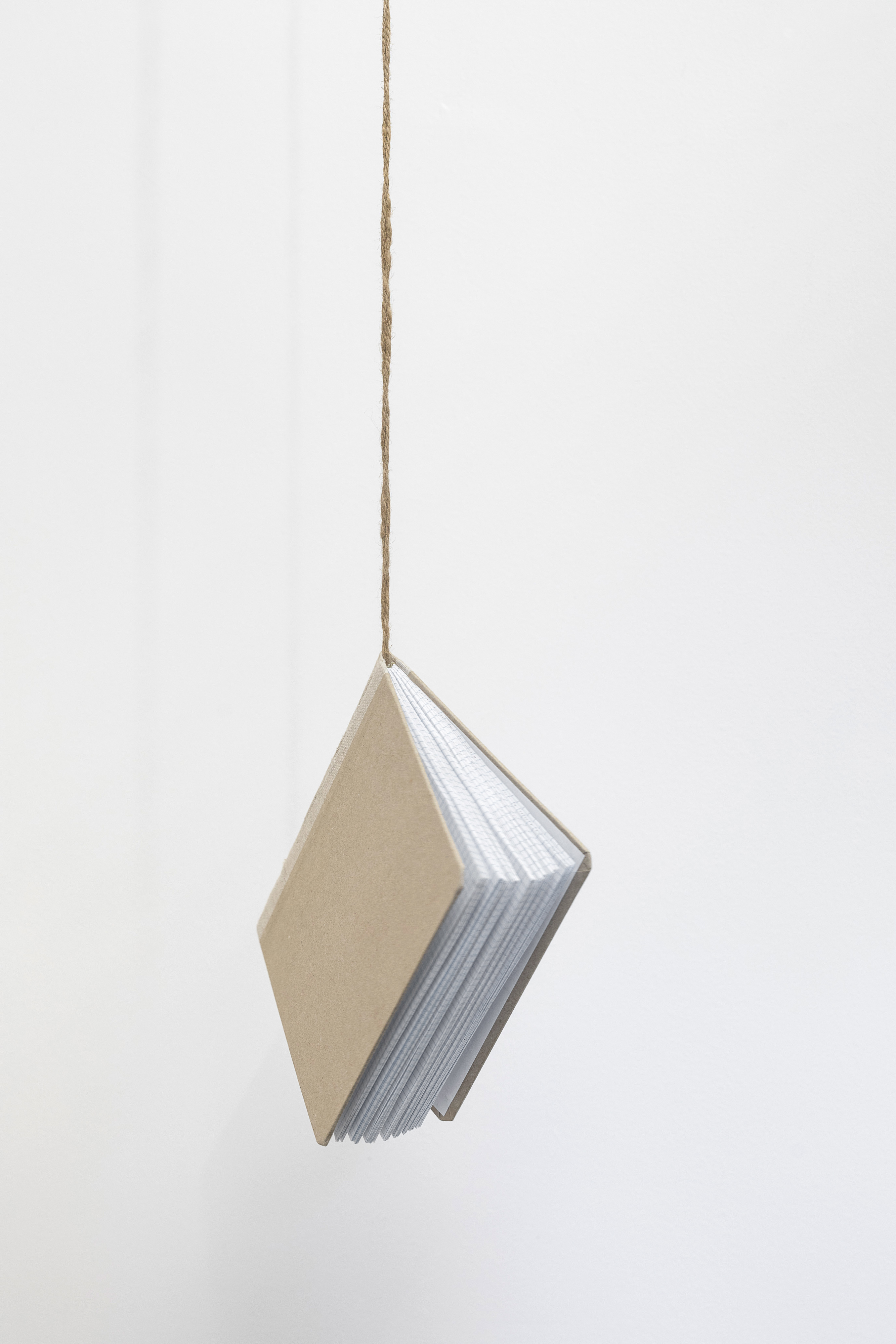
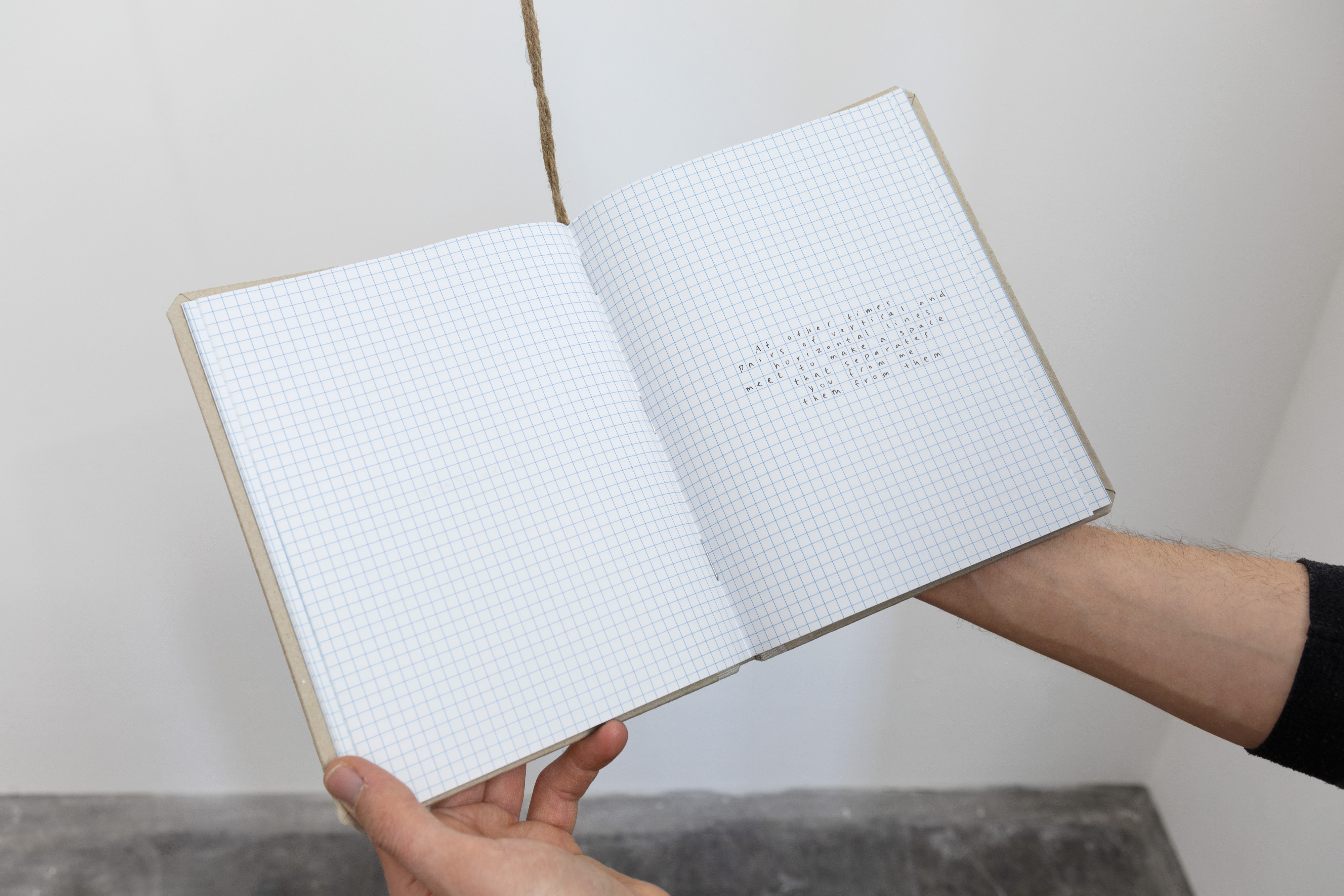
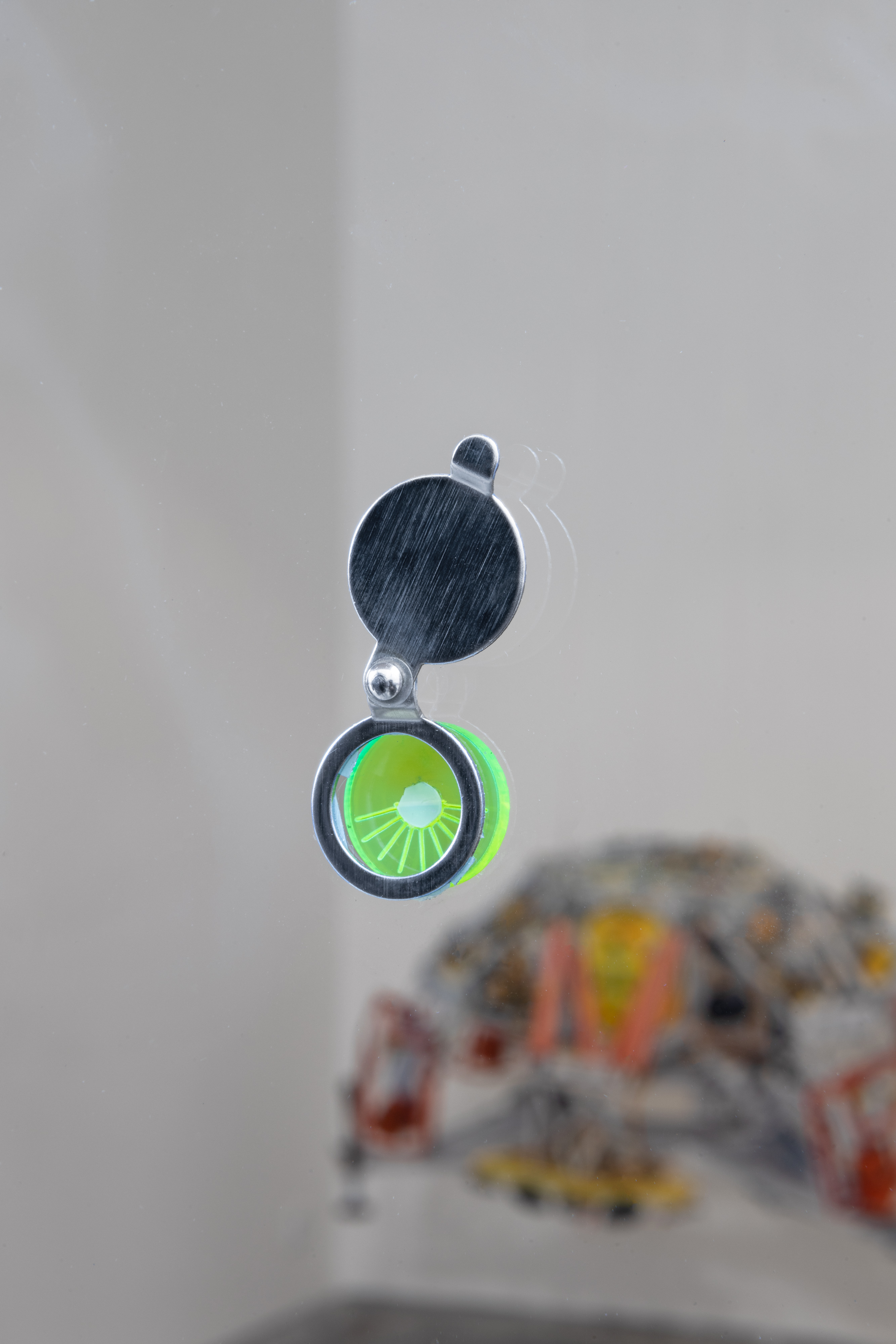
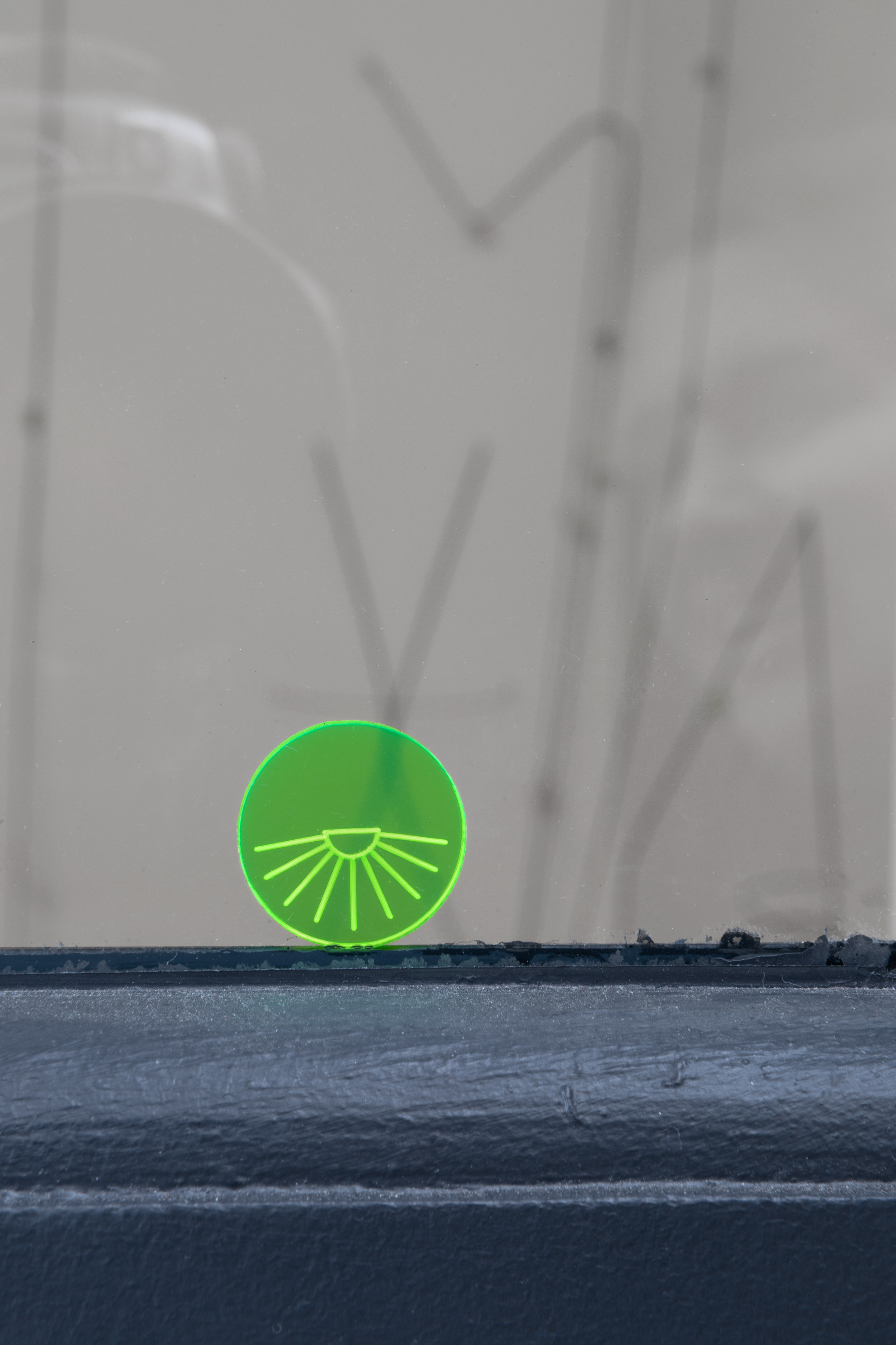
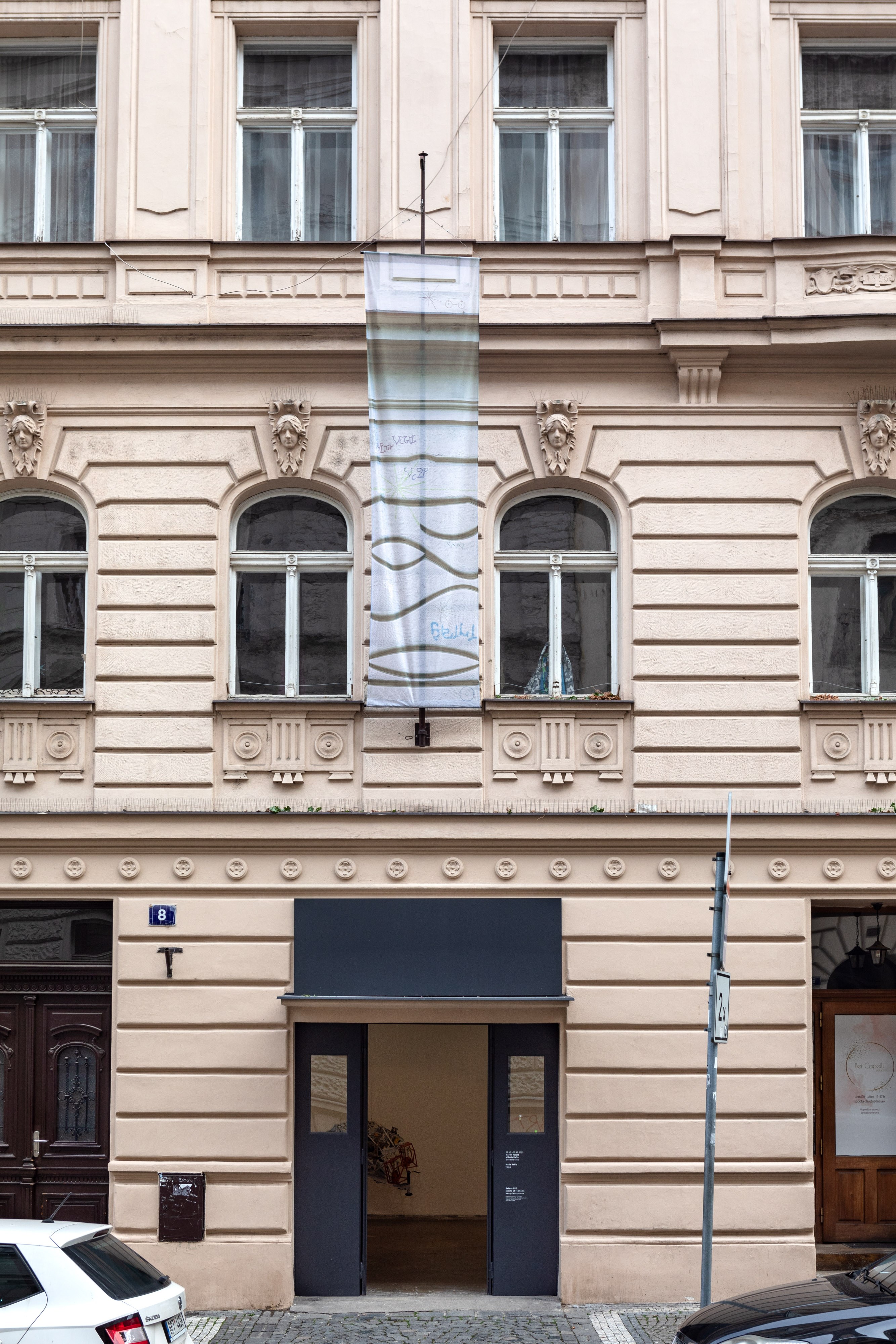
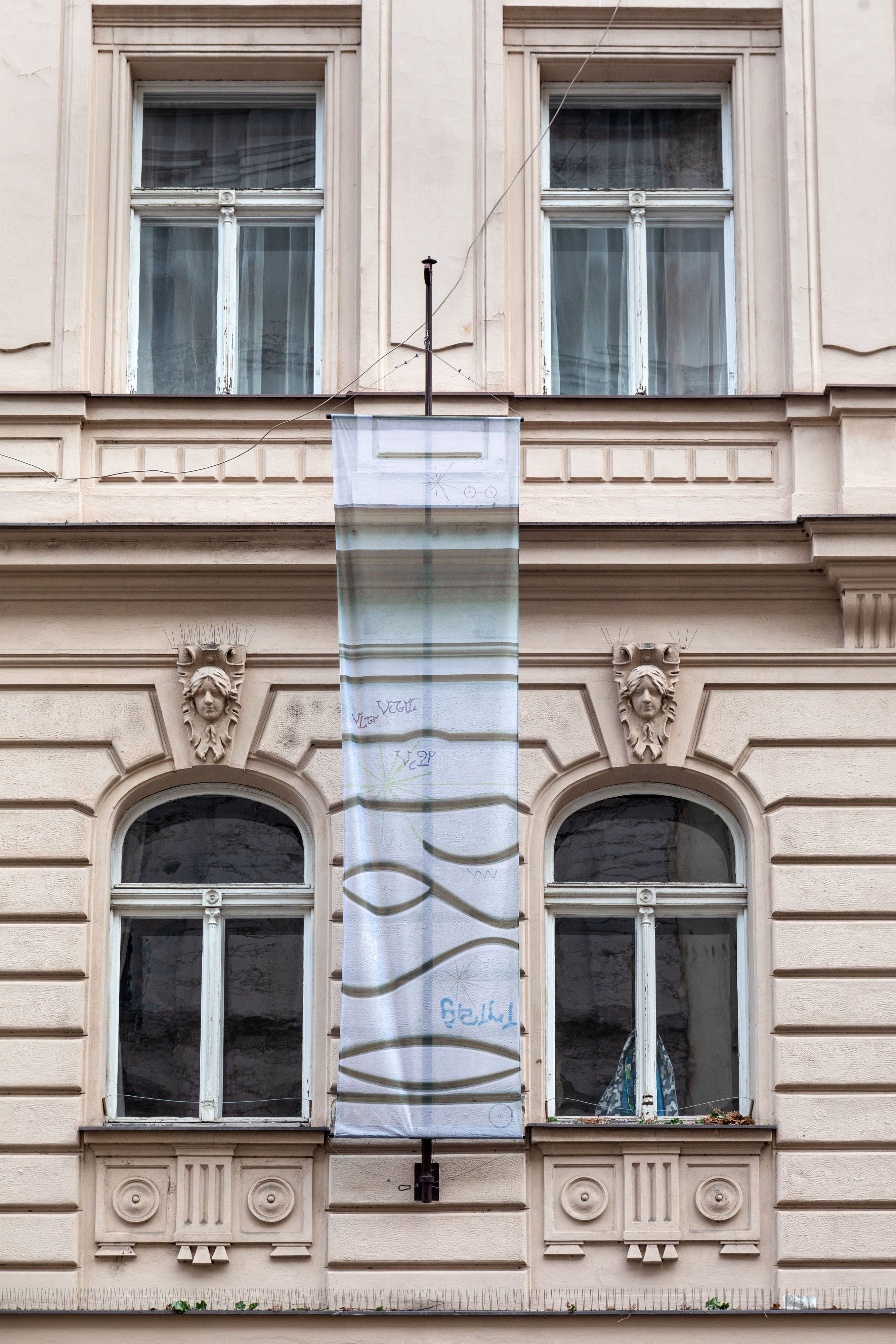
SINE SOLE SILEO
« Modé né ci handan té mess métiche Astanéké dé mévéche / Ceci est la maison du grand homme Astané que tu as vu. »
Sine sole sileo - without the sun I am silent, is an inscription that can be commonly found on sundials since Roman times. It is, in the manner of the work of the two artists, an allegory that is infinitely declinable, like the shadow of the style on the dial. The course of the sun, the shadow cast by the style, makes the dial speak. Like the dance of the sun, the dance of the receiver, who in a perplexed wavering tries to decipher the message, is part of the mechanism of the anamorphosis, in a kind of conversation. Several themes intersect, dear to the artists: the relationship between language and architecture, intimate space and infinite space.
Architecture, like art, is a conversation through time - the facades speak, alternating signs like a sentence of words. Marie Raffn gives a voice to the flagpole, an object that is mostly unused and silent these days, but makes it borrow the prism of the baroque. A double echo, a double mirage, that of the undulation of the fabric on the mineral façade, that of these forms which say what the building wanted to keep silent. Signs/words from the Martian language of Hélène Smith, "muse of automatic writing", are mixed in. In the same way that the features of the building have been deformed by a baroque prism, we see in this Martian language a deformation, a transfer of French: the phonology, the lexical division, the grammar and the syntax are the same as those of French. Marie Raffn operates through a multiple allegorical strategy, mixing her own message, with its baroque and organic vitality, made up of shortenings and dilations, with the symbols engraved on the Voyager Golden Record, embarked on the two Voyager space probes, launched in 1977. Two messages are intertwined - the almost supernatural message of the inexplicably animated facade, and the carefully considered message of the symbols engraved on the cover of the record, which was transformed into an archaeological artefact as soon as it was launched at its unstoppable speed. Perhaps the designers of this disc already had in mind the memories of their walks through the archaeological museum. Which brings us to another maxim that can be found on sundials: The immobile disperses and the moving endures.
The ways in which the two artists use anamorphosis as an allegory differ. Martin Herold welcomes the visitor in a frontal manner, seeming to want to keep him at a necessary distance, like these trompe-l'oeil perspectives that dissolve when they meet the visitor's body. Even as he seeks to escape from a linear and measurable representation of time, more than ruins, the artist produces relics. Martin Herold once again substitutes location for extent, for the idea of infinitely open space constituted by Galileo. With the reproduction of this rood screen, Martin Herold rehabilitates the idea of the sacred place, which was dissolved with the discovery that the earth revolves around the sun, and thus petrifies these objects. Unlike Marie Raffn, who draws infinite lines from an intimate space, Martin Herold brings the infinite back into an object that can be apprehended in a global way, that offers itself to the viewer in an extremely satisfying way, as a kind of utopia, that of the conquest of space, brought back into a real place, into a setting, and even more so, into an object. Martin Herold centralises, Marie Raffn wanders, undulates.
Marie Raffn and Martin Herold demonstrate the anachronistic nature of art and its capacity to complexify time. Martin Herold's Limoges rood screen is itself a time-bending object, holding in suspense incompatible models: half Italian Renaissance (mythically inspired, representing the twelve labours of Hercules), half flamboyant Gothic, it also has details whose distorted perspective is so strange that it seems to have been created only in our own time by an artificial intelligence. Both artists highlight the capacity of art to seek both a past and a future, to communicate through time by fabricating memory. In The Story of Your Life, a short science fiction novel written by Ted Chang, heptapods come to Earth to make contact with the human species. The linguist recruited to communicate with them understands that the heptapods' writing system comes from the way they perceive time, simultaneously, which abolishes the idea of free will. The two artists thus seek to move away from a linear vision of time to approach it in an infinitely positive way, as infinite echoes of the past or the future.
If Marie Raffn and Martin Herold play with the idea of anamorphosis, the question remains of where to stand. Perhaps there is a certain type of anamorphosis that does not require the viewer to observe a specific position, but rather invites the viewer to find the imaginary point of view where two distinct artistic positions coincide in a coherent whole. Marie Raffn and Martin Herold draw lines between intimacy and infinity, like bottles in the interstellar sea.
Néphéli Barbas


